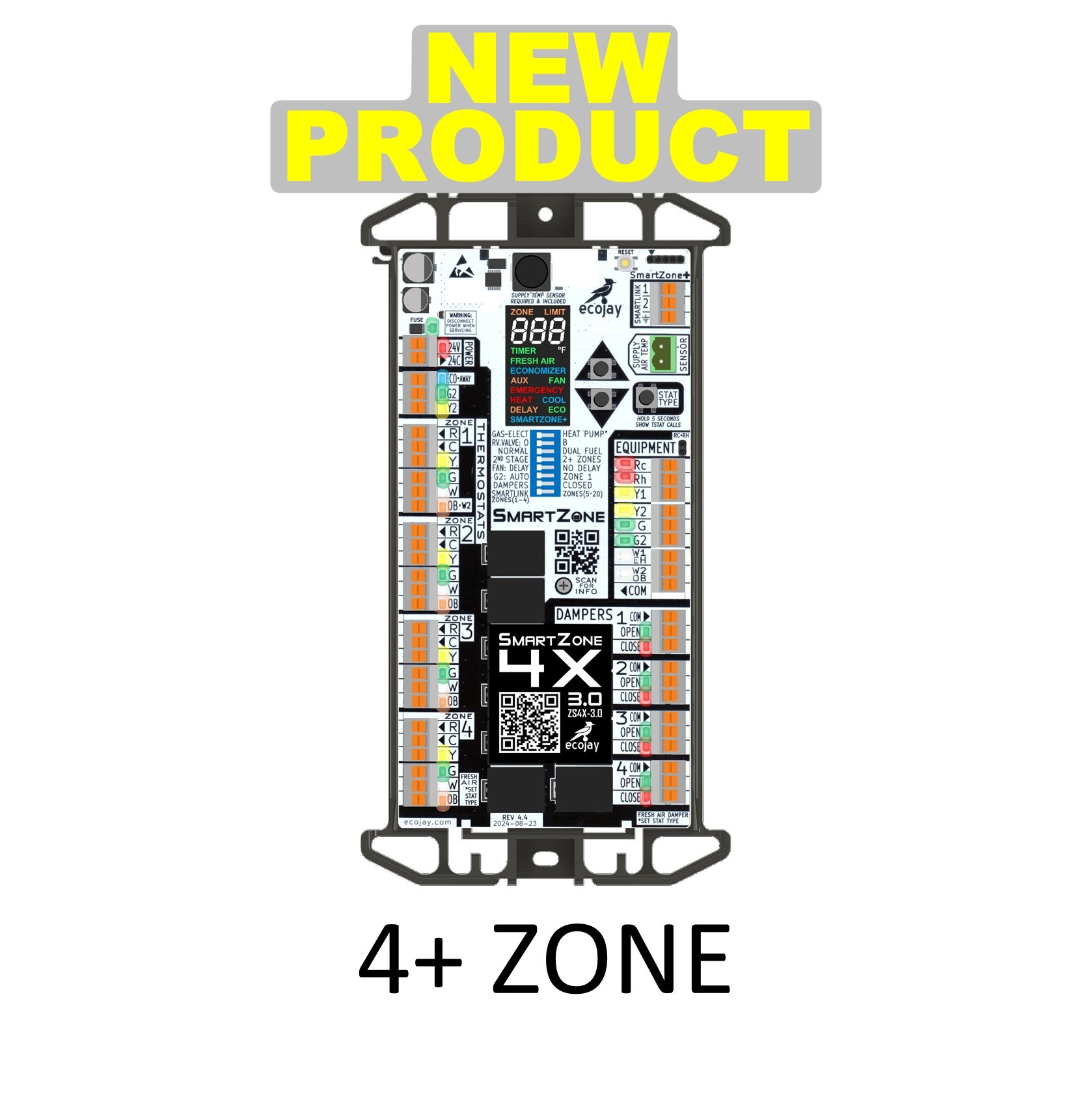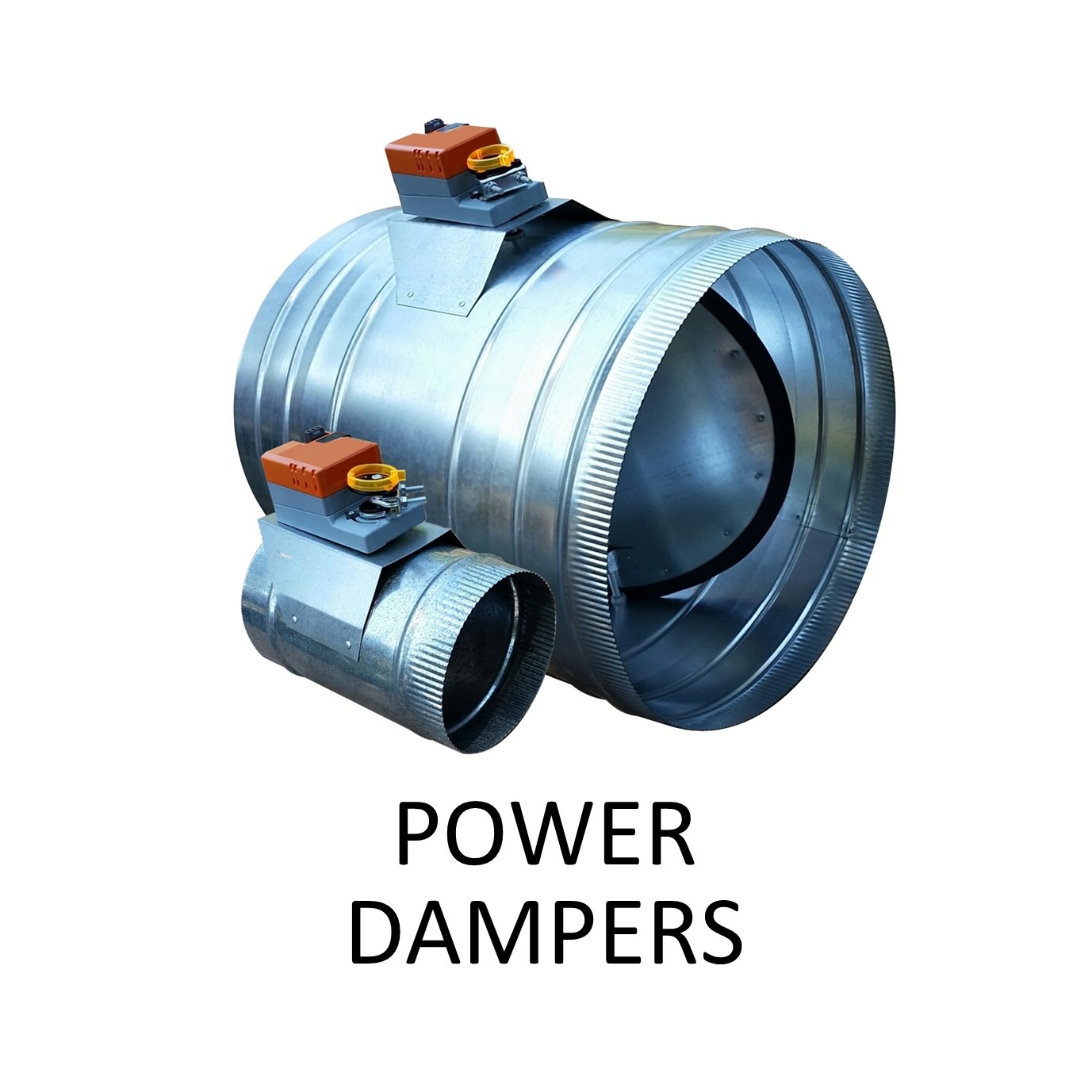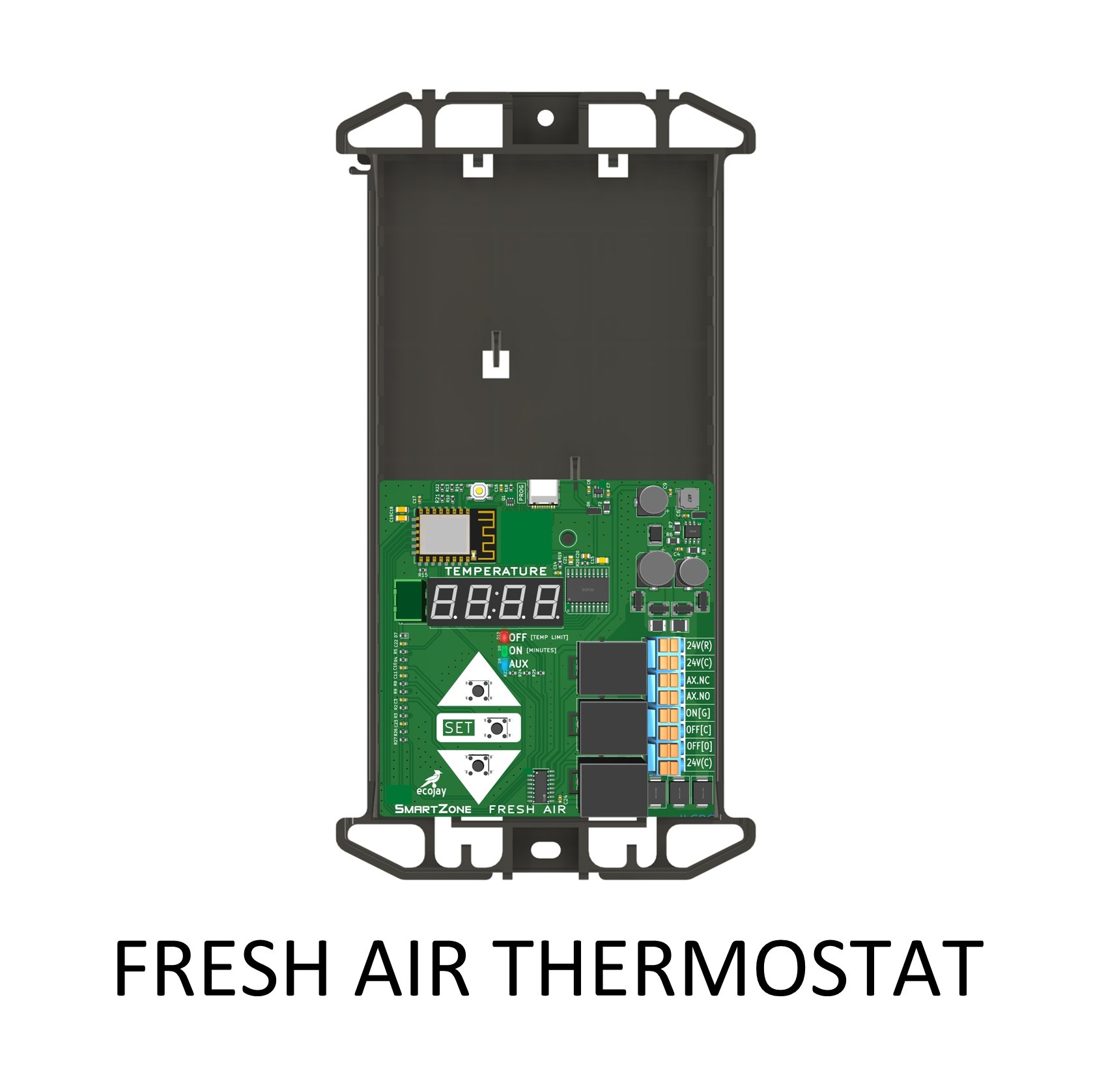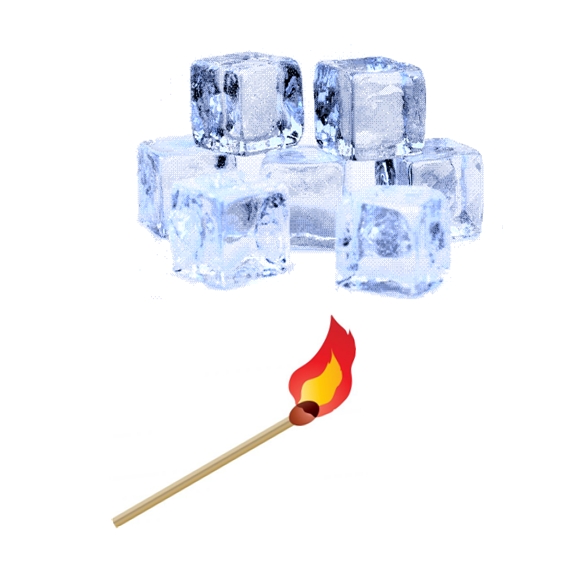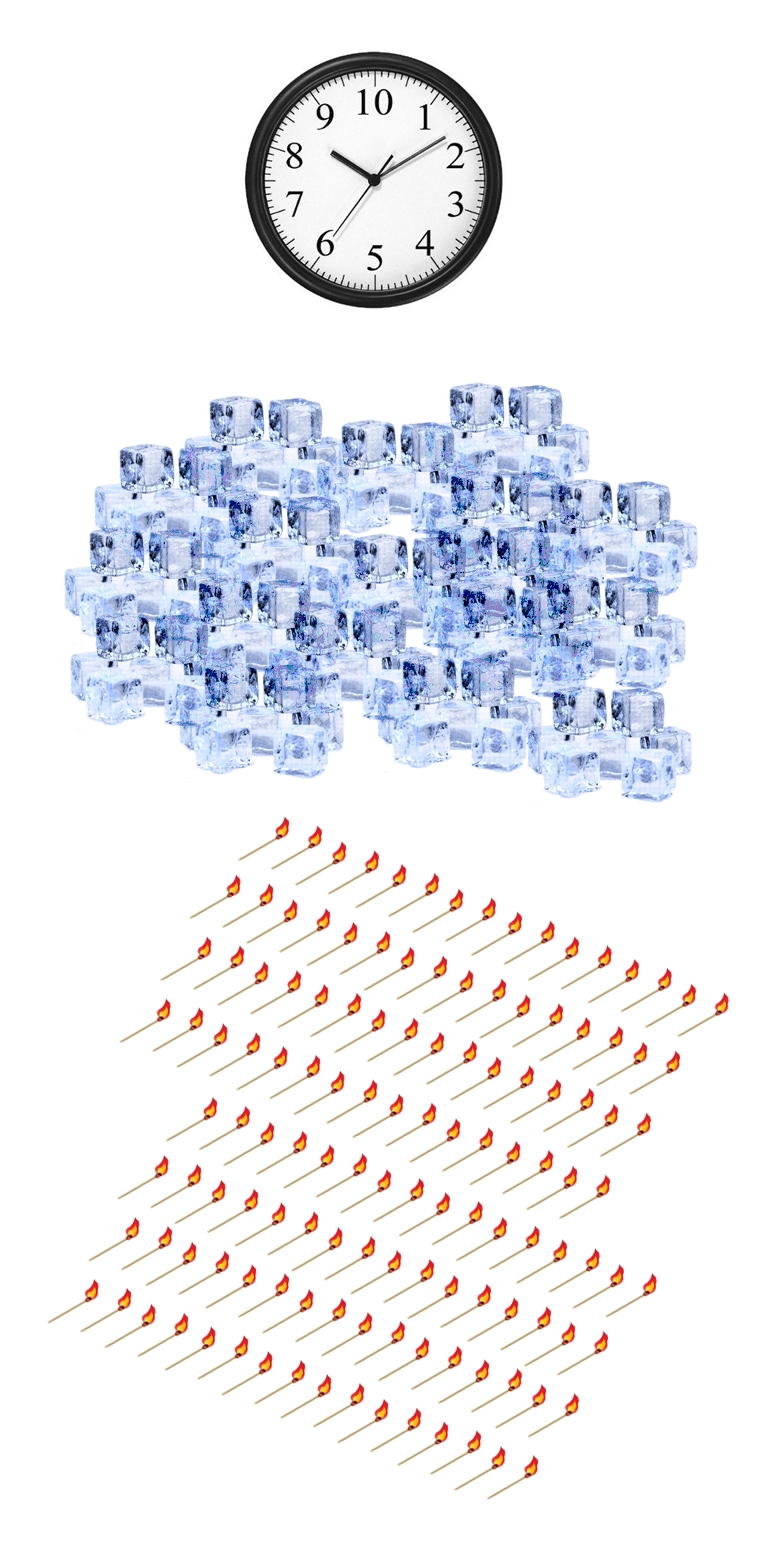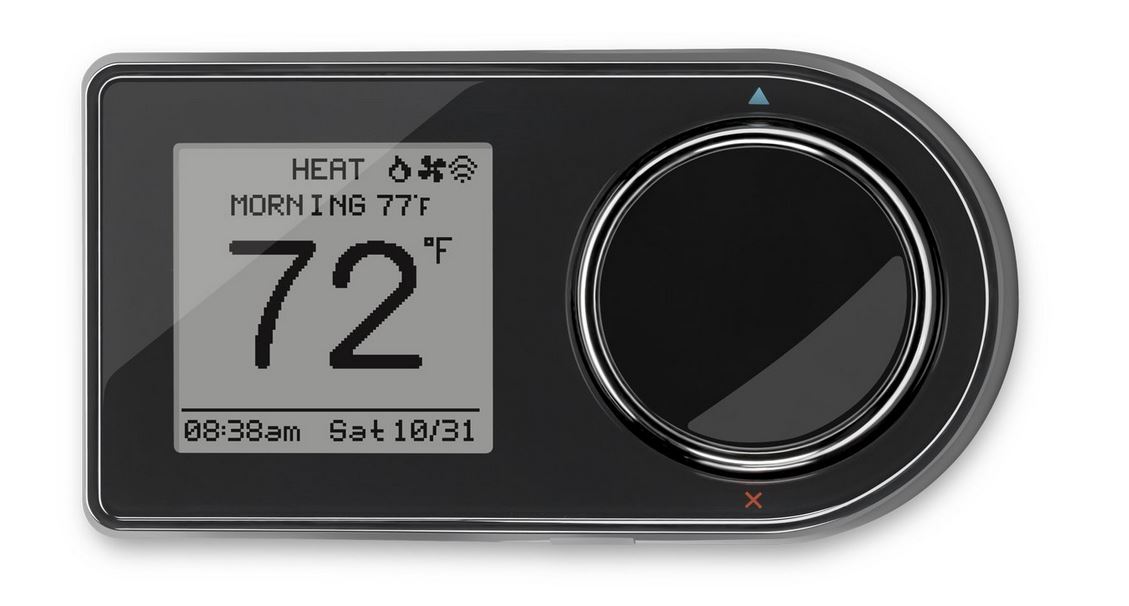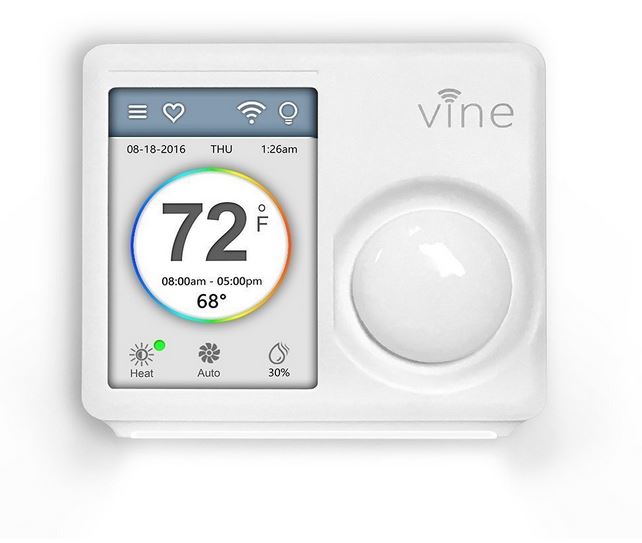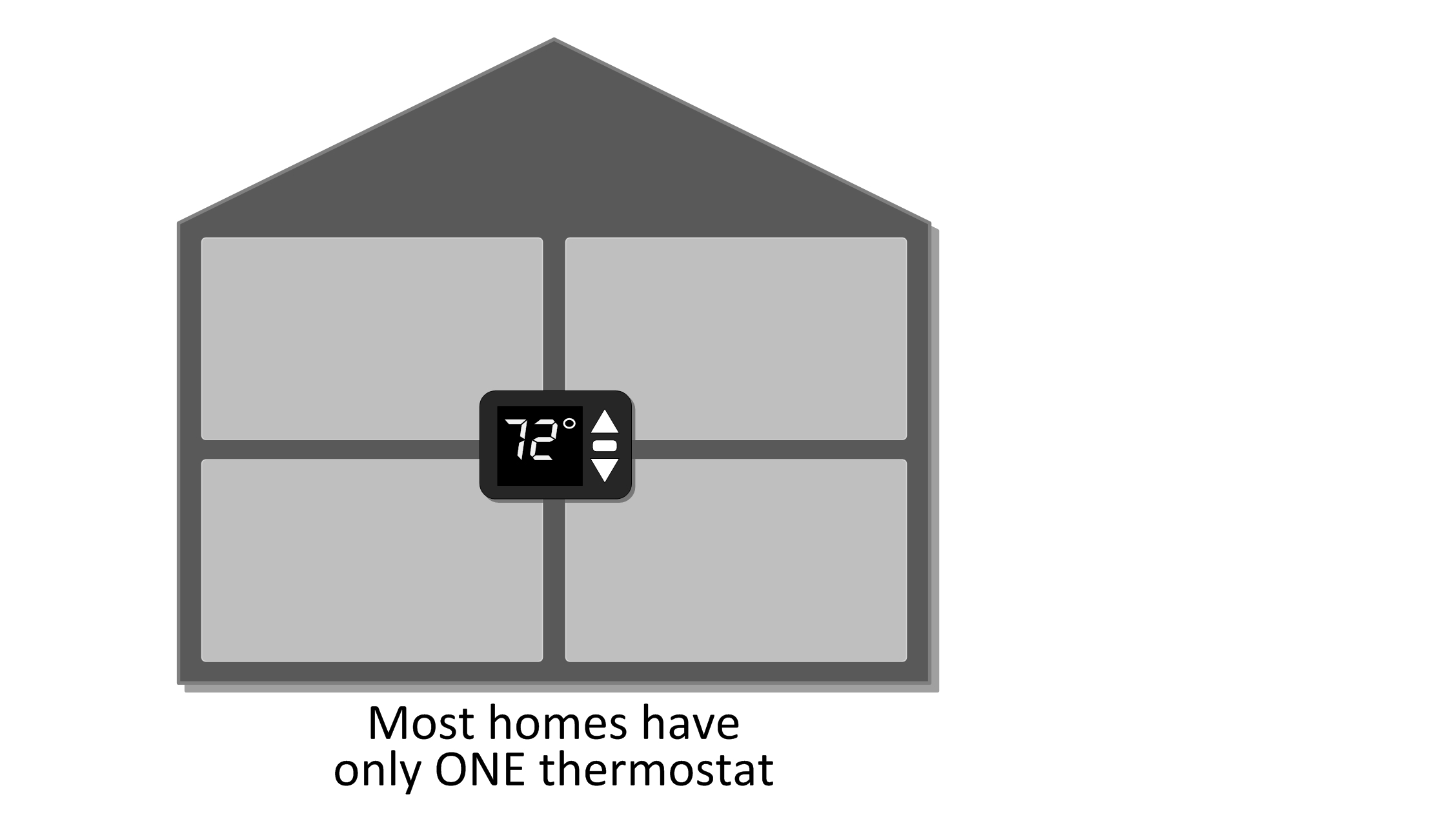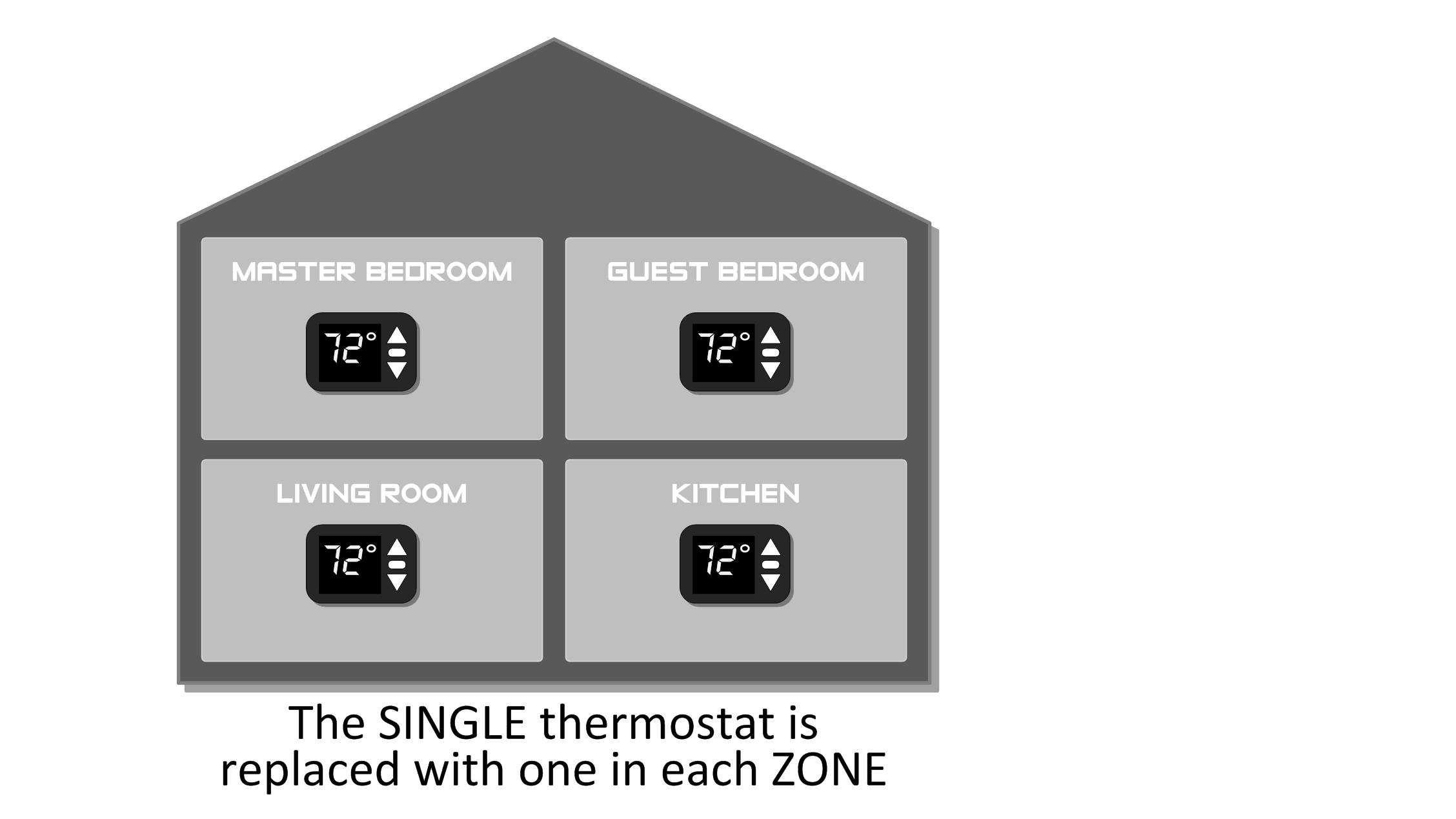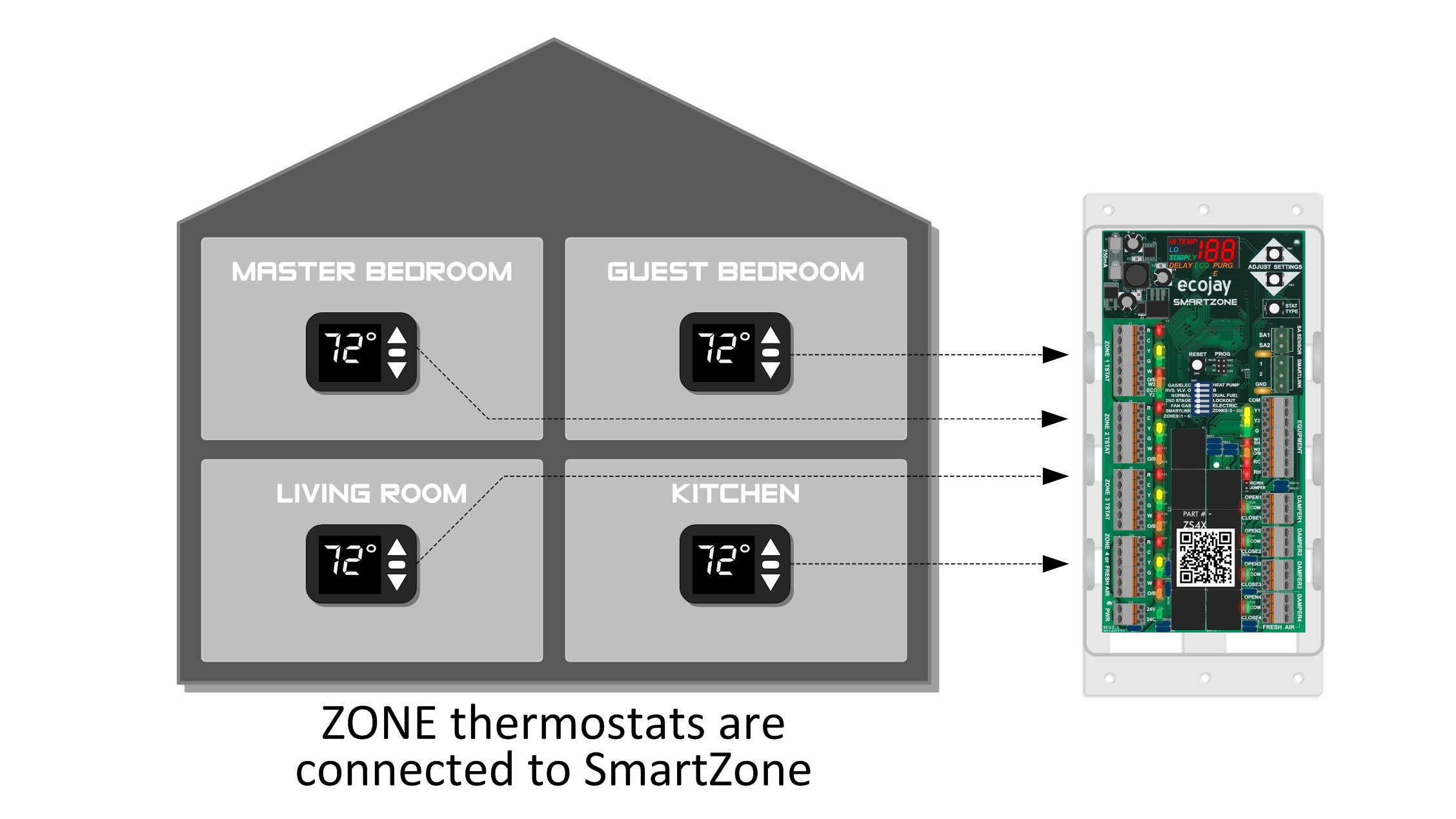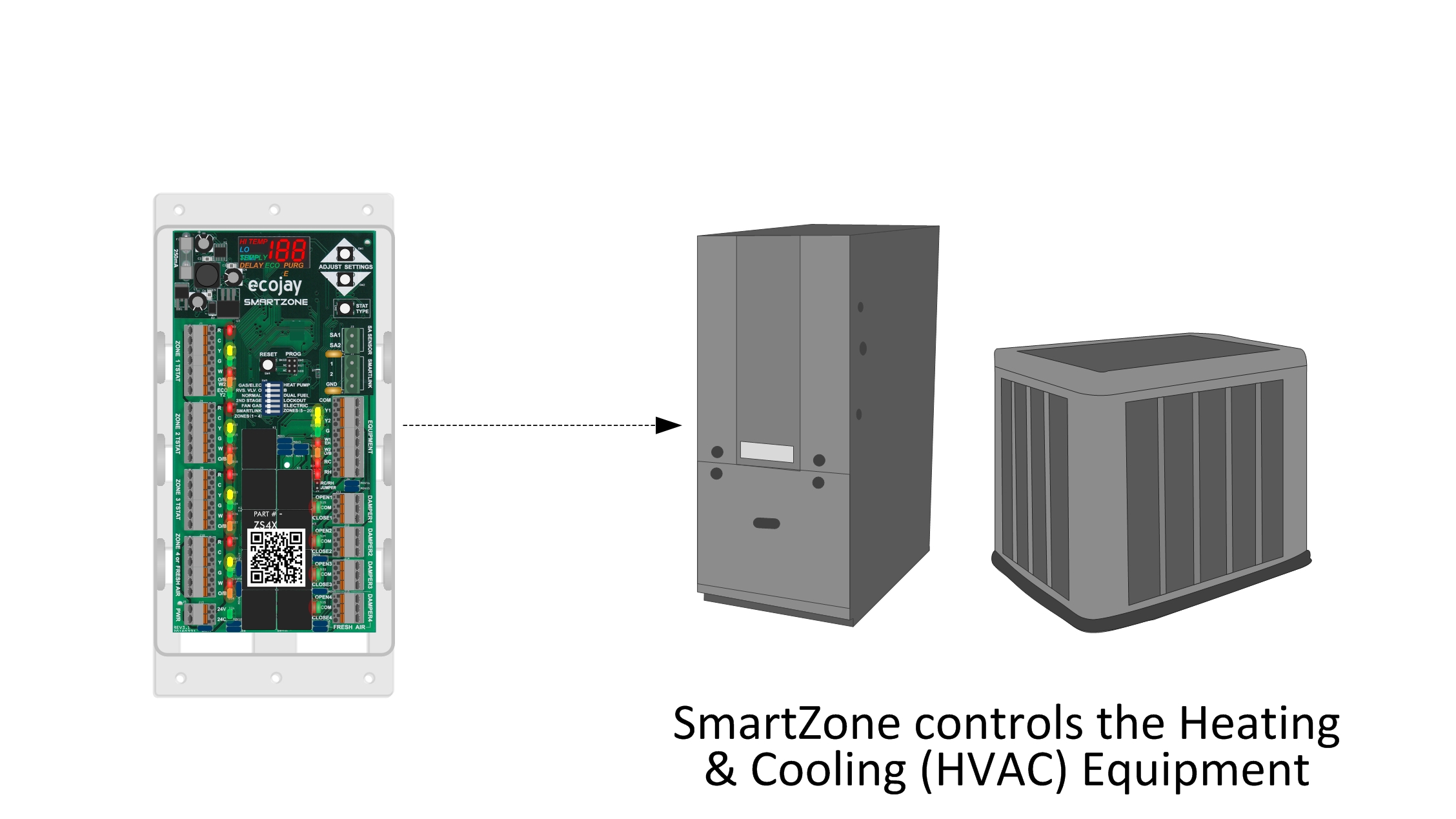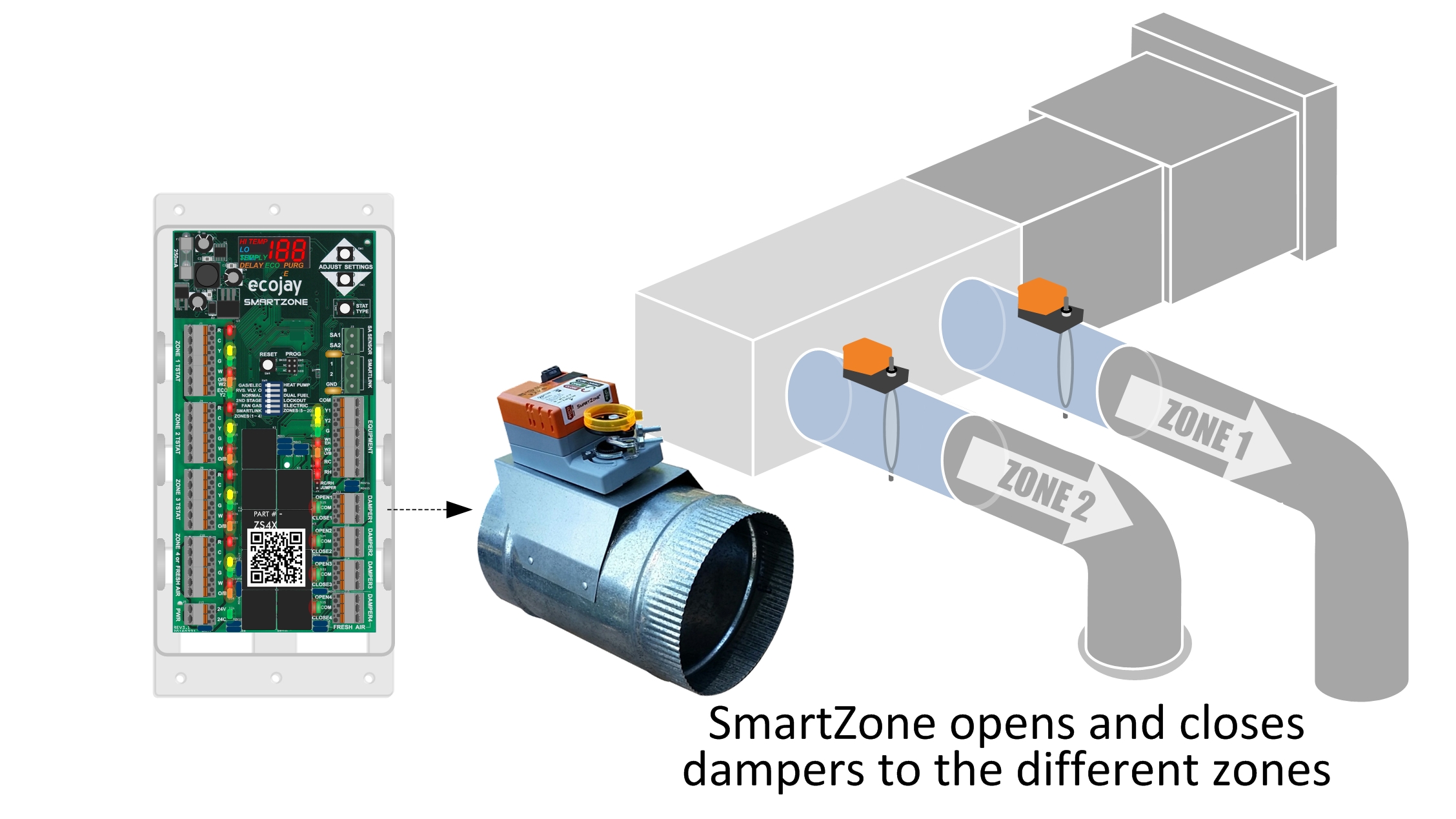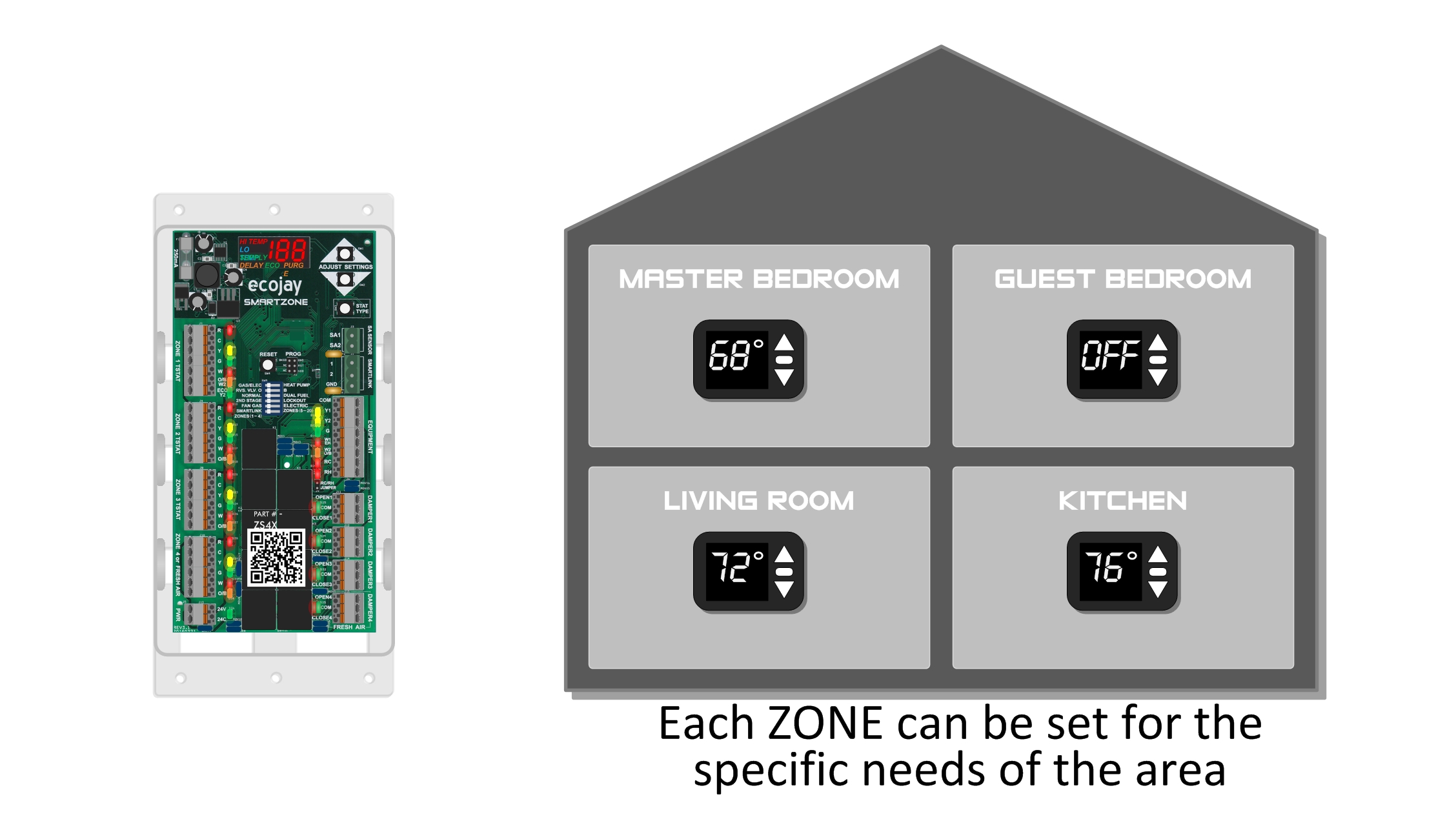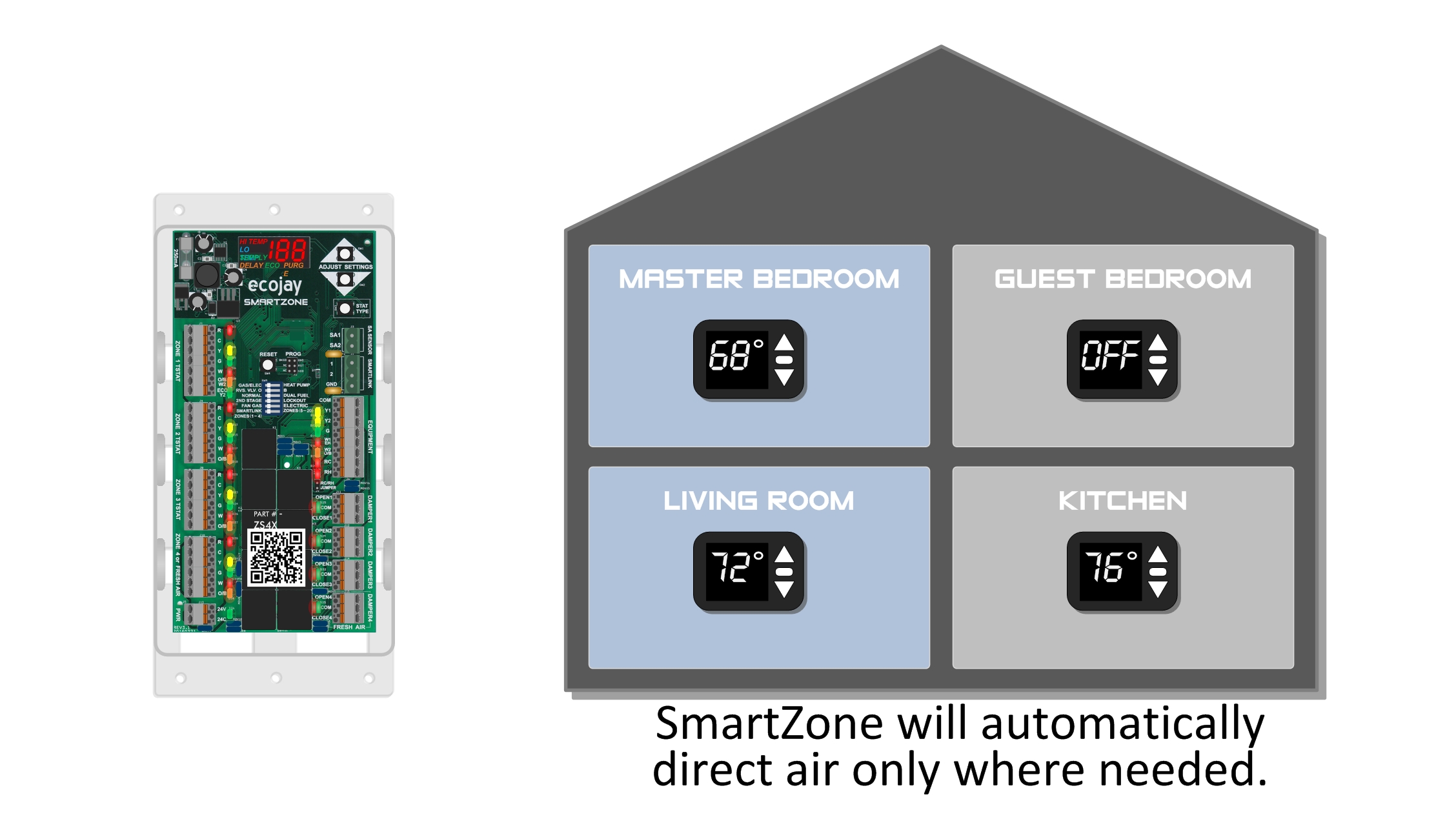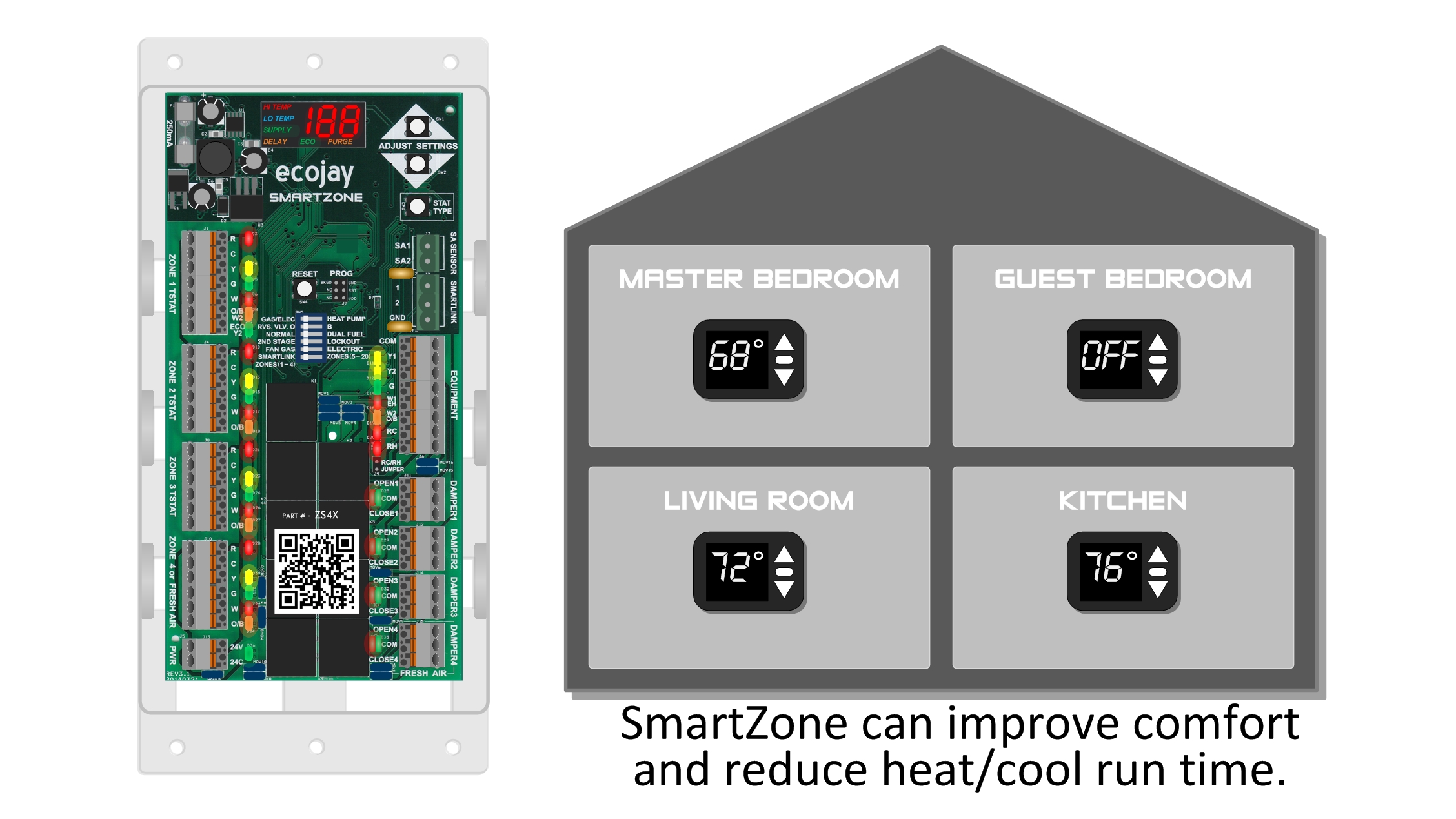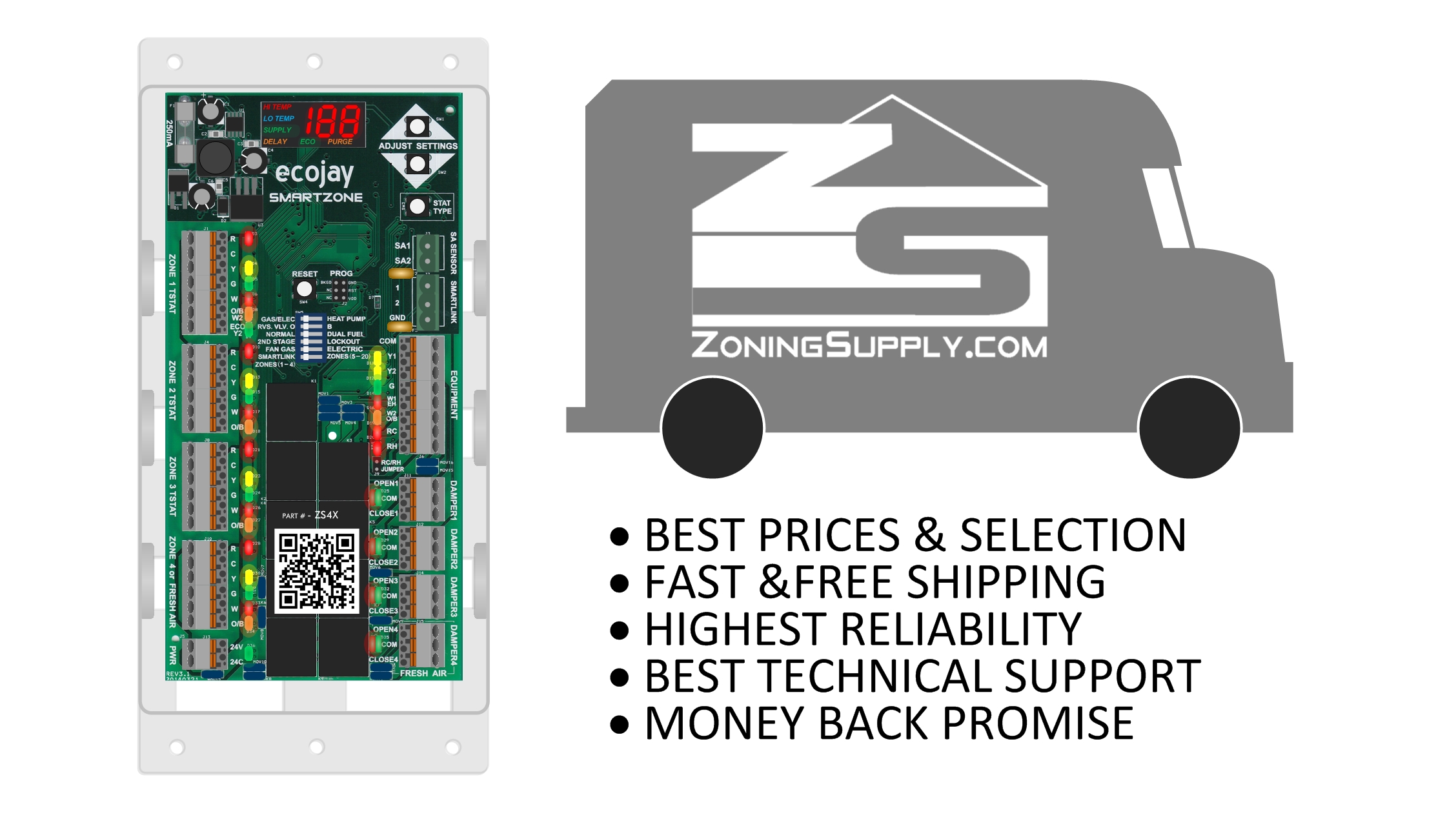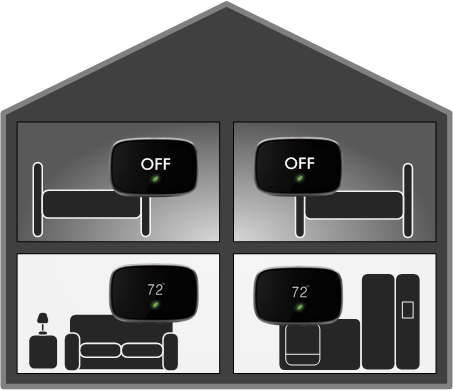The Problem: Uneven Temperatures in the Home
Have you ever noticed that certain areas of your home always seem to be hotter or colder than others? Maybe the upstairs bedrooms feel like a sauna in the summer, while the basement is freezing year-round. These temperature imbalances are a common problem in many homes, and they can lead to discomfort, higher energy bills, and unnecessary wear on your HVAC system.
The root cause of this issue is the way traditional HVAC systems operate. Most homes have a single thermostat that controls the temperature for the entire house. This means your system is either heating or cooling the whole home based on the temperature in just one location—often the hallway or living room. This single-point control doesn’t account for natural variations in temperature due to sunlight exposure, room usage, or airflow inefficiencies. As a result, you end up with hot and cold spots, leading to an ongoing battle with fans, space heaters, and constant thermostat adjustments.
The Solution: Smart HVAC Zoning with Ecojay SmartZone
Ecojay’s SmartZone system is designed to eliminate these temperature imbalances by intelligently controlling airflow throughout your home. Instead of relying on a single thermostat, SmartZone allows you to divide your home into multiple climate-controlled zones, each with its own thermostat. This means your HVAC system can send conditioned air only where it’s needed, rather than wasting energy heating or cooling the entire house when only certain areas need adjustment.
SmartZone works by using motorized dampers installed within your ductwork. These dampers open and close to direct airflow precisely where it's needed, based on the temperature settings in each zone. If your upstairs bedrooms are too warm, SmartZone will send more cool air to those areas while reducing airflow to other parts of the home that are already at a comfortable temperature. Conversely, during colder months, it ensures heat is delivered to rooms that need it most, eliminating the common problem of freezing basements and chilly bedrooms.
How SmartZone Improves Home Comfort
1. Addressing Hot Spots
One of the biggest benefits of SmartZone is its ability to tackle those notoriously hot areas in your home. South-facing rooms, upper floors, and rooms with large windows often receive excessive sunlight, making them warmer than the rest of the house. With a standard HVAC setup, these rooms remain hot because the thermostat in a different part of the home may not detect the higher temperature. SmartZone solves this by ensuring that cool air is directed to these problem areas exactly when it's needed, keeping the entire home comfortable.
2. Eliminating Cold Spots
Just as hot spots are a problem, so are cold spots—especially in basements or rooms that lack sufficient airflow. SmartZone allows you to send more warm air to these spaces without overheating the rest of the home, creating a balanced and even temperature throughout. No more bundling up with extra blankets or using space heaters just to make one room livable.
3. Customizable Comfort for Every Family Member
Every household has different temperature preferences. Some people like to sleep in a cool room, while others prefer a warmer environment. With SmartZone, each person can set their own preferred temperature for their bedroom or living space. This means no more thermostat wars between family members—everyone gets the comfort level they desire.
4. Energy Efficiency and Cost Savings
By directing heating and cooling only where it’s needed, SmartZone prevents wasted energy, reducing your HVAC system’s workload. This leads to lower energy bills and extends the lifespan of your heating and cooling equipment. Instead of running at full capacity for the entire home, SmartZone helps your system operate more efficiently, reducing wear and tear over time.
5. Smart Integration and Automation
Ecojay’s SmartZone system can be integrated with smart home technology, allowing you to control your home’s climate remotely. Whether you’re at work, on vacation, or just lounging in another room, you can adjust settings using a smartphone or tablet. Additionally, SmartZone can learn your household’s heating and cooling patterns, optimizing comfort and efficiency automatically.
Other Comfort Benefits of SmartZone
Beyond solving hot and cold spots, SmartZone provides additional advantages that contribute to a more comfortable home environment:
Reduced Noise: Traditional HVAC systems often operate at full blast to heat or cool the entire house. With SmartZone, your system can run at lower speeds more often, resulting in a quieter operation.
Better Air Quality: By controlling airflow more precisely, SmartZone helps distribute air more evenly, reducing stagnation and improving indoor air quality.
Extended Equipment Life: Because your HVAC system doesn’t have to work as hard, it experiences less strain, leading to fewer breakdowns and a longer lifespan.
Is SmartZone Right for Your Home?
If you’re struggling with temperature imbalances and looking for a way to improve comfort while also saving on energy costs, Ecojay SmartZone is the perfect solution. It’s ideal for:
Multi-level homes where upstairs rooms get too hot or too cold.
Homes with large windows or sunrooms that experience extreme temperature variations.
Families with differing temperature preferences.
Anyone looking to increase HVAC efficiency and reduce energy bills.
Conclusion
No one should have to deal with hot and cold spots in their home. Ecojay SmartZone offers a powerful yet simple solution to this common problem by intelligently directing airflow where and when it’s needed. By customizing comfort for each zone, improving energy efficiency, and integrating with smart home systems, SmartZone transforms the way your HVAC system operates, ensuring a comfortable and balanced home environment all year round.
If you’re ready to take control of your home’s comfort and eliminate temperature imbalances for good, consider upgrading to Ecojay SmartZone. Your home—and your family—will thank you.





